Meet Dexter, the Dog That Learned to Walk Like a Human

Dexter, a 7-year-old Brittany Spaniel from Colorado, has become an inspiration for many around the world after he taught himself to stand up and walk on his hind legs after suffering an accident. When he was only a puppy, Dexter escaped his owners’ yard in Ouray, Colorado, darted into traffic and got hit by a […]
Ukrainian Family Returns Home After Four Months of War, Finds Dog Waiting for Them

When a Ukrainian family returned to their war-ravaged home in Hostomel after four months, the last thing they expected to find was their beloved pet husky, Belyi. In March of this year, when Russia started targeting Hostomel’s strategically important airport with its artillery, 35-year-old Kateryna Tytova and her family had to make a heartbreaking decision. […]
This Marine Mollusk Has Teeth Literally as Hard as Steel
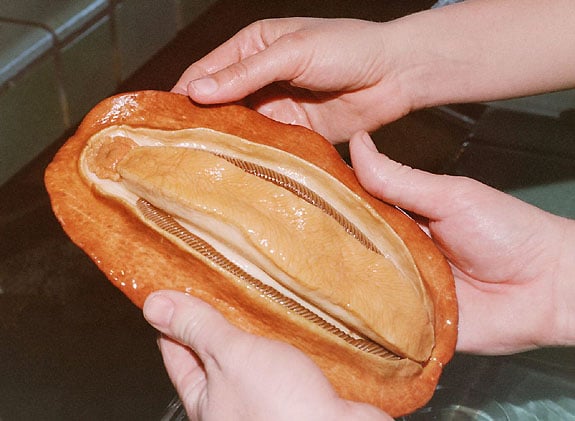
The gumboot chiton, a marine mollusk also known as the Wondering Meatloaf, has teeth made of the hardest biological material known to man. Magnetite is a geologic mineral commonly found in the earth’s crust, but it’s also somehow produced by the gumboot chiton and synthesized into rows of small teeth hard enough to scrape algae […]
This Small Snake Uses Farts as a Defense Mechanism
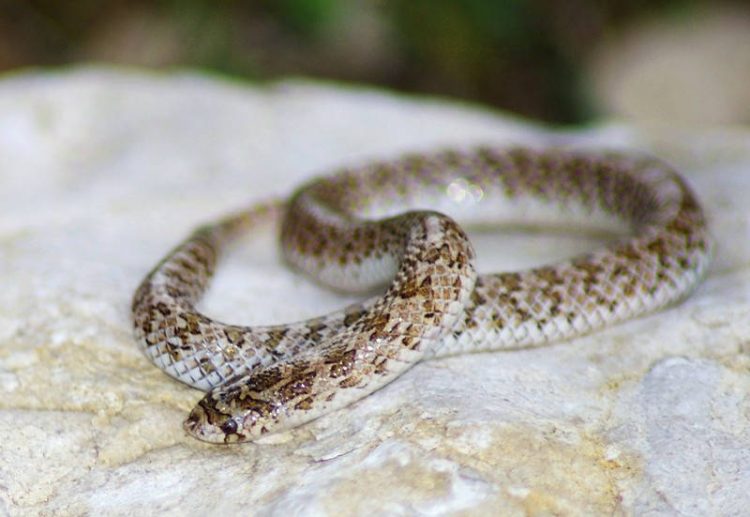
The western hook-nosed snake, a small snake endemic to the deserts of the United States and Mexico, is famous for the shape of its snout and for farting to confuse its enemies. Cobras and rattlesnakes have their deadly venom, constrictors like pythons and Boa have their strong musculature, but the western hook-nosed snake doesn’t have […]
‘Door Head Ants’ Use Their Large Flat Heads as Doors to Shut Down Their Nests
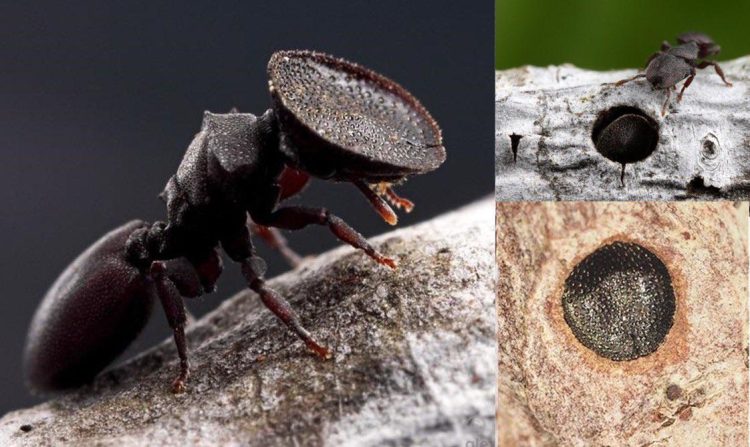
The workers of several ant species have large, flattened, and slightly concave heads that they use as plugs to block entrance to their colonies’ nests. The so-called ‘door head ants’ are soldier ants with armored heads that match both the size and the shape of the entrance to their colonies’ nests almost to perfection. They […]
Onagadori – A Japanese Chicken Breed With Majestically Long Tail Feathers
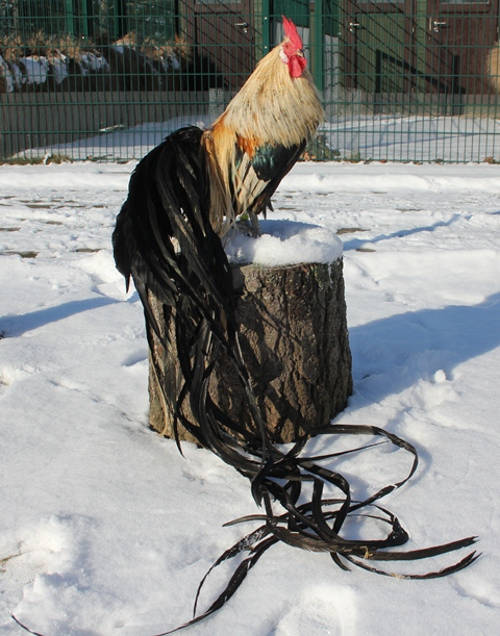
The Onagadori (‘honorable fowl’ in Japanese) is a rare chicken breed known for its exceptionally long tail, which can reach over 10 meters, putting even peacocks to shame. Of the seventeen chicken breeds considered Japanese national treasures, the Onagadori is the only one to have “special” status. Ever since it received this status in 1952, […]
This Fascinating Bird Looks Like a Feathered Dragon
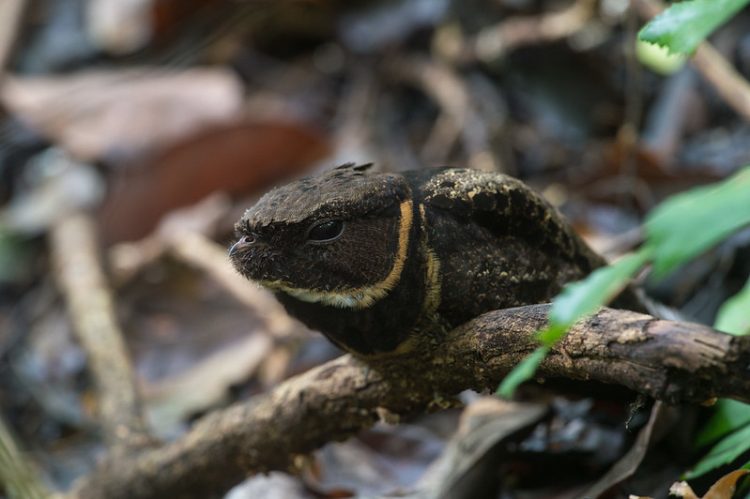
What do you get if you mix a bird, a squirrel and a lizard? Well, I think you’ll have a tough time finding a better answer than the Great Eared Nightjar. Seeing a great eared nightjar for the first time, you’d be forgiven for mistaking it for a squirrel or even a lizard. The fact […]
Cuban Painted Snails – Probably the World’s Most Beautiful Gastropods
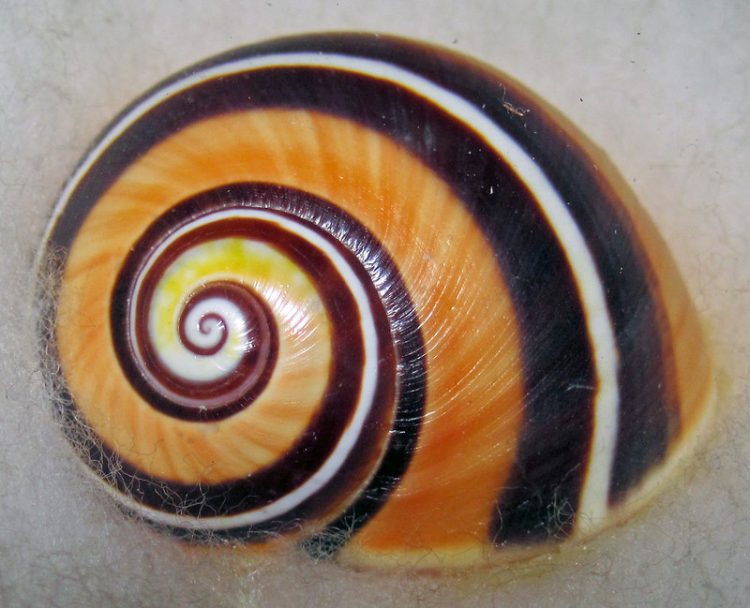
Out of the roughly 1,400 species of land snails that call Cuba home, the six species of the genus Polymita, fondly known as painted snails, are without a doubt the most eye-catching. When it comes to snail per se, there’s probably no beating the spectacular red-and-black contrast of the Malaysian fire snail, but as far […]
Fish With 555 Sharp Teeth Loses 20 of Them Every Day, Grows Them Right Back
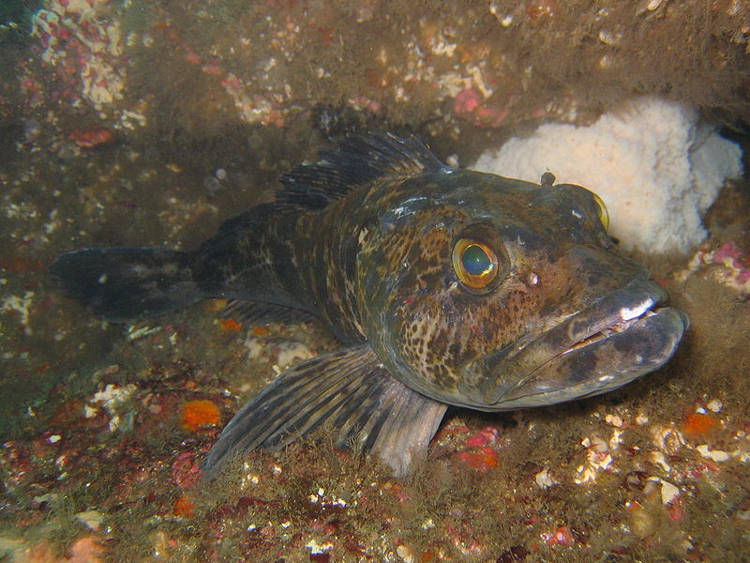
Scientists recently found that one of the world’s “toothiest” animals, the Pacific lingcod, keeps its 555 teeth razor-sharp by losing up to 20 of them every day and growing them right back. The Pacific lingcod (Ophiodon elongatus) is a carnivorous fish found in the North Pacific. You couldn’t tell just by looking at it, but […]
The Surprising Love Story Between a Cow and a Leopard
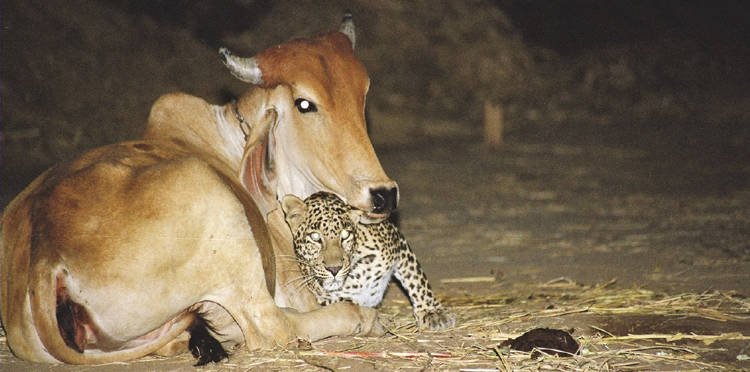
Viral photos of a leopard and a cow cuddling somewhere in rural India tell the unique love story between two very unlikely friends. Cows and leopards are usually not the best of friends, with the latter sometimes preying on bovines to survive. However, you wouldn’t even be tempted to think that looking at a set […]
Caterpillar Wears Its Molted Heads as a Bizarre Multi-Tiered Hat
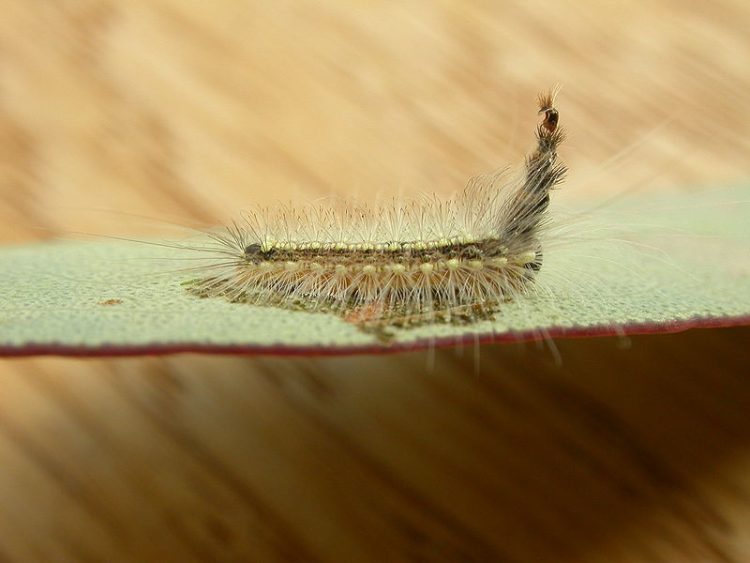
The caterpillar of the Uraba lugens moth is deserving of the nickname “Mad Hatterpillar”, as it stacks the heads of its molted exoskeletons into an intriguing headpiece. The Uraba lugens caterpillar molds up to 13 times while in its caterpillar phase, but it doesn’t shed all of its previous body parts. It uses some of the […]
The Double-Nosed Andean Tiger Hound Actually Has Two Noses

Once believed to be the stuff of legends, the double-nosed andean tiger hound is an extremely rare dog breed used by Bolivian hunters to track jaguars through the Amazon rainforest. The first mention of double-nosed dogs in the Amazon jungle can be traced back to 1913, when legendary explorer Colonel Percy Fawcet told tales of […]
The Danish Protest Pig – A Rare Breed Designed to Be a Living, Breathing Flag
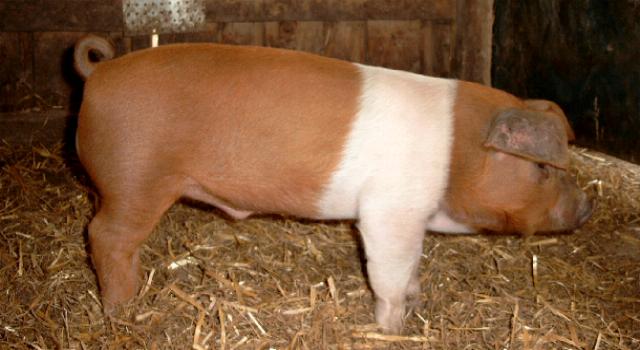
Husum Red Pied is a rare domestic pig breed popularly known as the Danish Protest Pig because its whole reason for being was to imitate the Danish country flag at a time when an actual flag could not be raised. The story of the Danish Protest Pig can be traced back to the mid 19th […]
This Shrimp Punches So Hard It Can Chip And Even Crack Fish Tanks
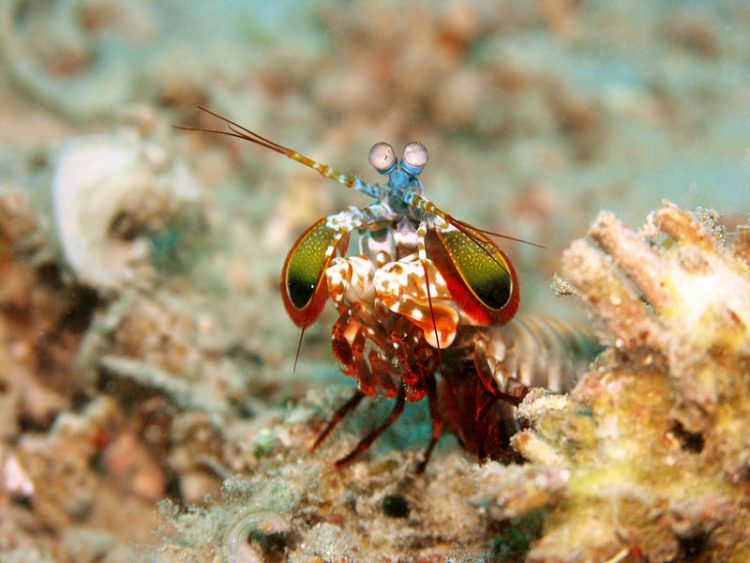
The peacock mantis shrimp (Odontodactylus scyllarus) is recognized as having the fastest punch in the entire animal kingdom, with an acceleration comparable to a .22mm bullet fired out of a handgun. One of several known mantis shrimp species, the O. Scyllarus is native to the seabed of the Indo-Pacific, from Guam to South Africa. It is […]
This Australian River Valley Is Home to the World’s Largest Earthworms
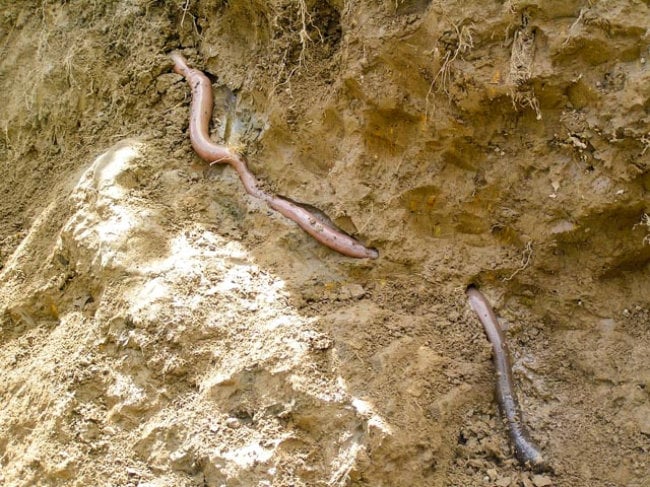
The Bass River Valley of South Gippsland, in the southeastern Australian state of Victoria is home to the world’s largest earthworms, which can grow up to 6.6 feet in length. The giant Gippsland earthworm (Megascolides australis) is one of the world’s most elusive and fascinating creatures, able to survive in an environment completely changed by […]
